Out of the five new lenses Sigma announced across its Art, Contemporary and Sports ranges at Photokina 2018, there was one that really caught my eye. The Sigma 60-600mm f/4.5-6.3 DG OS HSM Sport replaces the discontinued Sigma 50-500mm f/4.5-6.3 DG OS HSM – an extremely popular zoom that has picked up the nickname ‘Bigma’ over the years because of its long, heavy and thickset body.
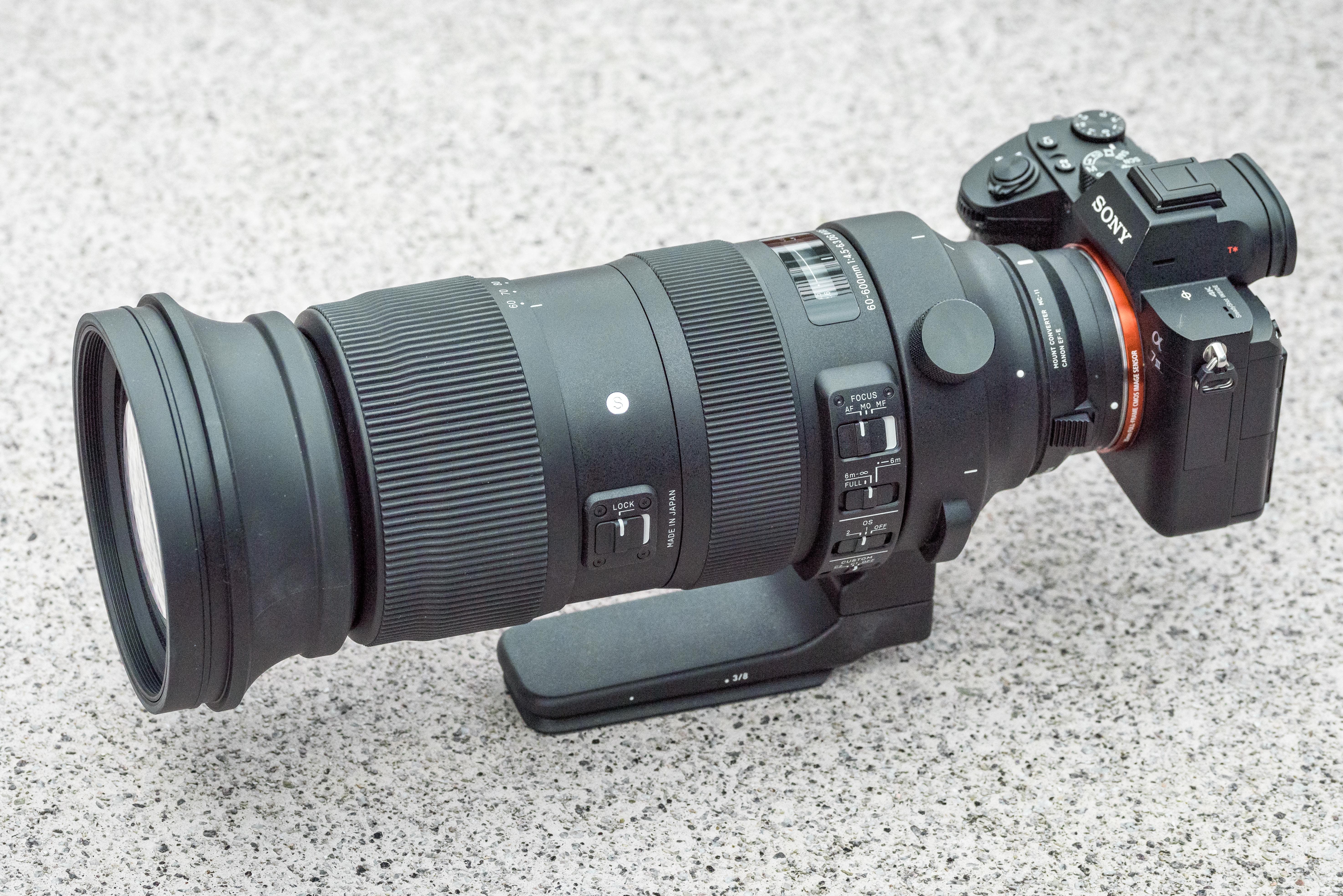
The Sigma 60-600mm f/4.5-6.3 DG OS HSM Sport paired with the Sony A7 III via the Sigma MC-11 mount adapter. It was also tested on various Canon EOS DSLR bodies
With a maximum reach of 600mm, it’s easy to associate Sigma’s latest long telephoto zoom with the company’s 150-600mm f/5-6.3 DG OS HSM Sport, but just like the Bigma of old, it has a significant advantage in that it has a shorter minimum focal length. By effectively merging the focal lengths of a 70-200mm lens and 150-600mm lens into one, it can save us having to swap lenses and cart around two heavy zooms. Any lens that can minimise the chance of missing a shot and lighten the load we have to carry makes a strong case for itself.
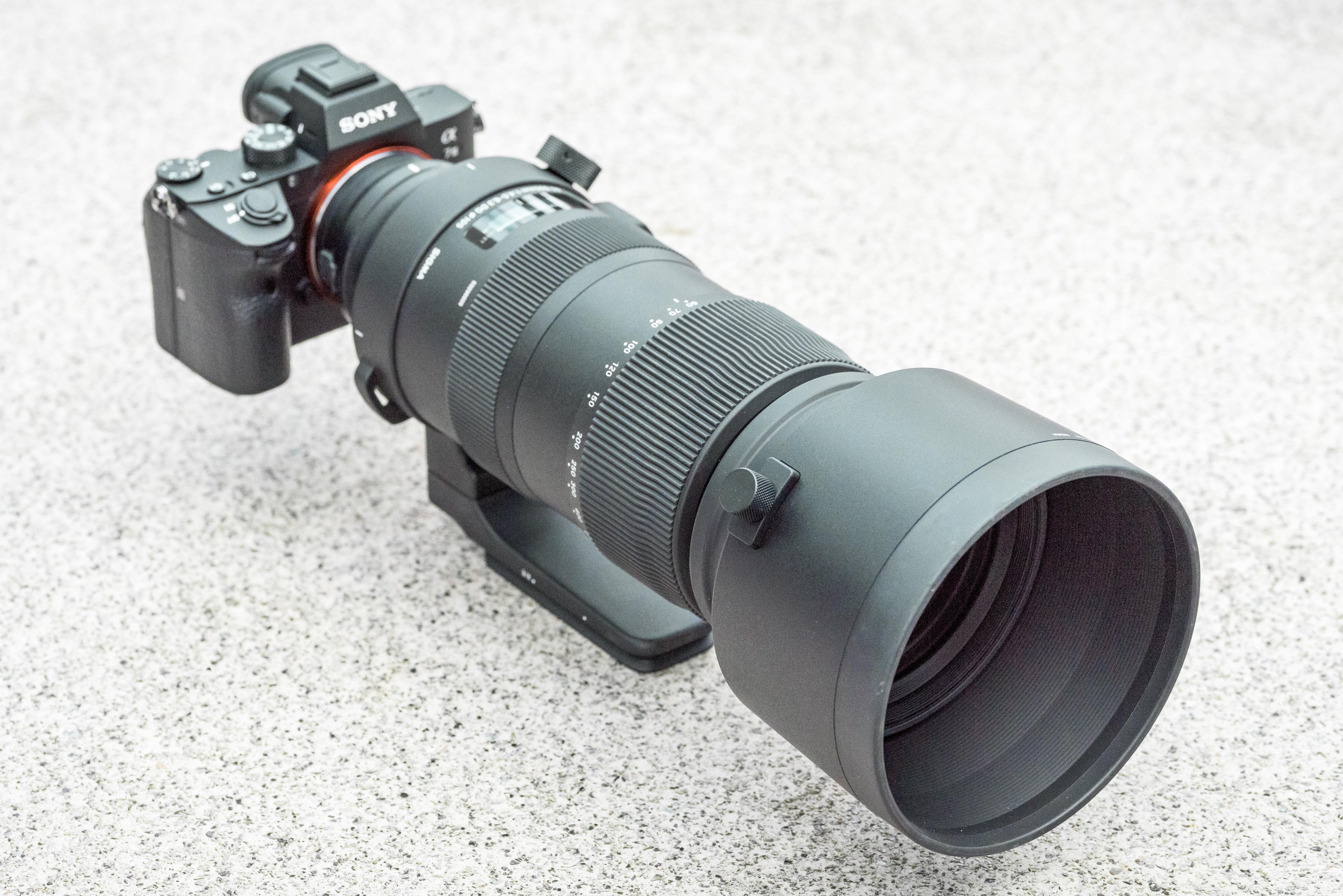
The construction of the lens is made up of a mixture of magnesium alloy, carbon fiber reinforced plastic (CFRP) and a thermally stable composite (TSC)
With promises of the new Sigma 60-600mm f/4.5-6.3 DG OS HSM Sport achieving the same level of image quality as the Sigma 150-600mm f/5-6.3 DG OS HSM Sport, I was eager to get my hands on it to offer a report on its usability and performance out in the field.
Getting acquainted
To get familiar with the lens I mounted my Canon-fit sample to the Sony A7 III via a Sigma MC-11 adapter (updated to version 1.12 firmware) before grabbing it by its permanently fixed tripod collar handle and making a dash to a local game of rugby. In my rush to arrive in time for kick-off it suddenly dawned on me that I’d left my monopod at home – not ideal when you have a lens weighing 2.7kg slung across your shoulder. With no time to nip home and back again, I’d use this as my opportunity to find out how it performs handheld.
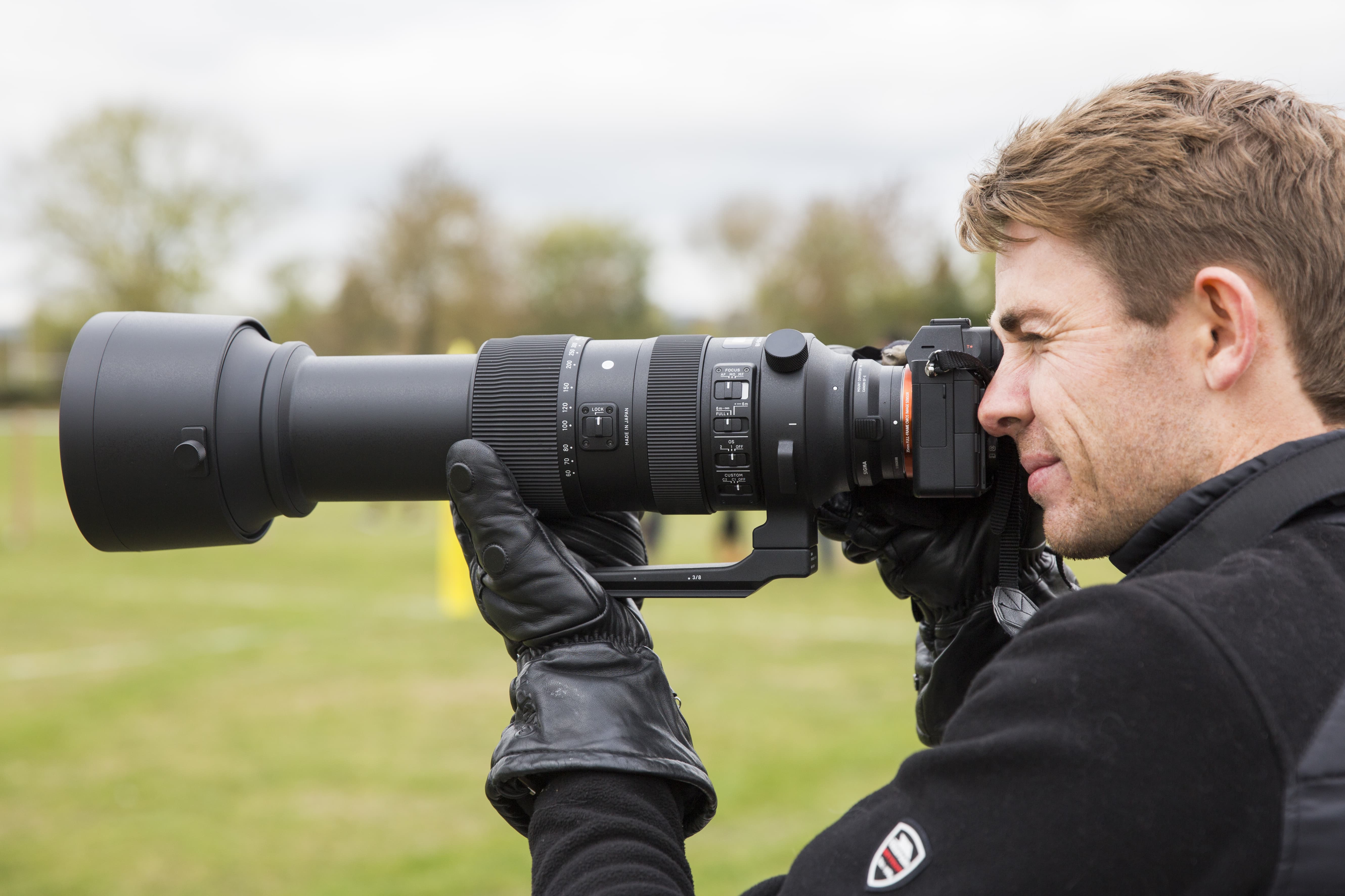
AP’s Michael Topham reverted to using the lens handheld at a local game of rugby after accidentally leaving his monopod behind. Image courtesy of Martin Batley
A few minutes into the game I noticed the action was rarely within a 6m range of where I was standing so I changed the focus limit switch from its full position to 6m-infinity. By preventing the lens focusing across its full focus distance I was immediately aware of an improvement in both the speed and accuracy of autofocus. Focus limit adjustment is just one of the settings that can be customized on this lens using Sigma’s USB dock and is well worth taking advantage of if you know roughly how far your subject is going to be from the lens. For sports like rugby, setting the range to around 10m-infinity can yield a better set of results. If you later find you want to disable it, it’s simply a case of turning the assigned custom switch on the barrel (whether it be C1 or C2) to Off.

Sigma 60-600mm f/4.5-6.3 DG OS HSM Sport @ 600mm, Sony A7 III with MC-11 adapter, 1/400sec at f/6.3, ISO 640
During spells of action, I supported the front of the barrel in my left hand and operated the zoom using the push/pull method. This got me to where I needed to be in the zoom range faster than using the zoom ring, which isn’t easy to throw from 60mm to 600mm in a single movement when you’re supporting the barrel underneath. I discovered slightly more effort is required to shift the heavy elements to full telephoto than is needed retracting the zoom. That said, the motion back and fourth throughout the zoom range is consistently smooth.

Sigma 60-600mm f/4.5-6.3 DG OS HSM Sport @ 600mm, Sony A7 III with MC-11 adapter, 1/1000sec at f/6.3, ISO 1600
Like many heavy telephoto zoom lenses, there’s a tendency for it to creep when it’s pointed down or carried over your shoulder. To avoid this you’ll want to engage the zoom lock. What’s particularly good about the zoom lock is that it can be used at any of the marked focal lengths on the barrel and doesn’t require the switch to be moved to unlock it, just give the zoom ring a sharp twist and it’ll be unlocked instantly. The only exception is at 60mm, where the zoom lock does have to be released using the switch.
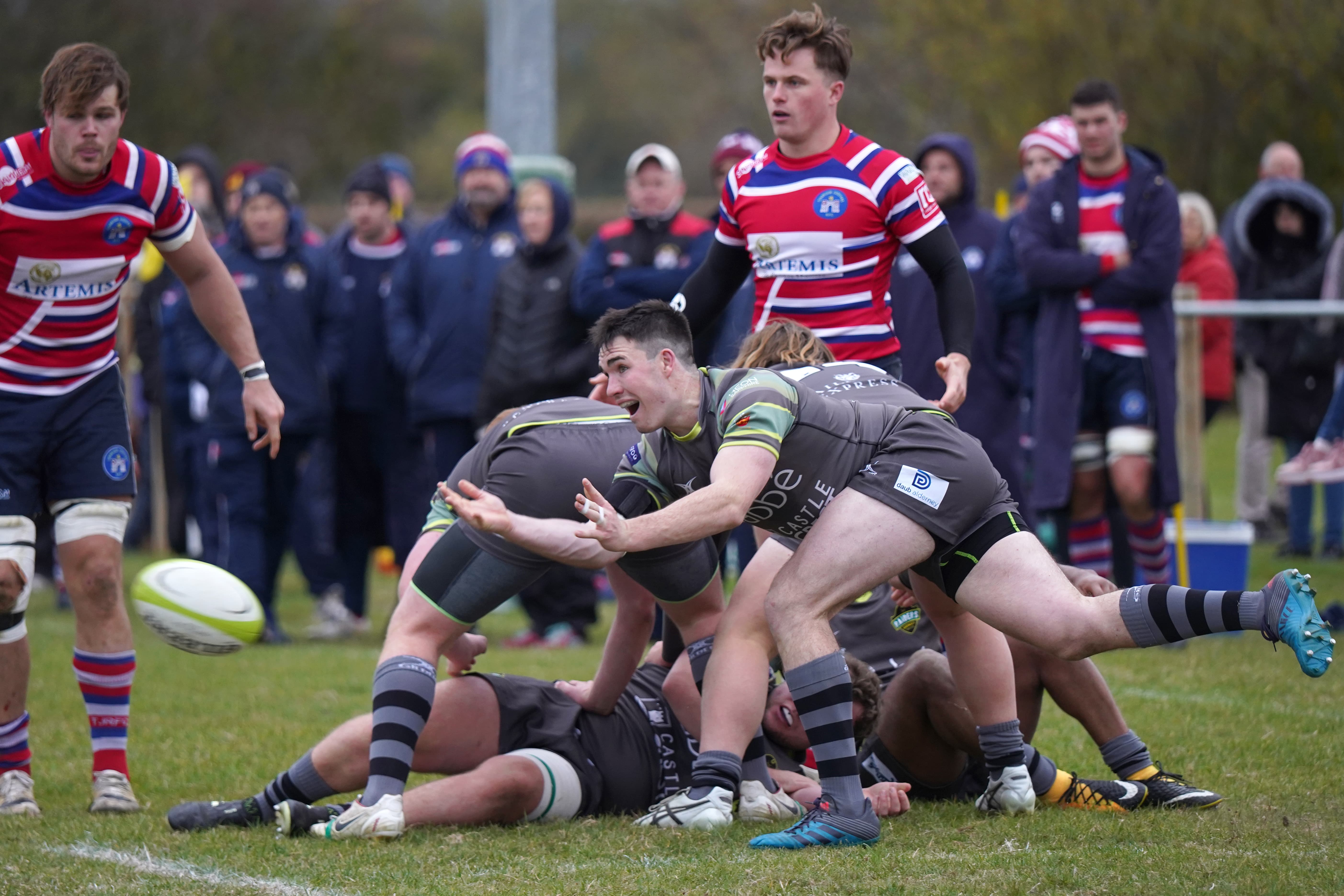
Sigma 60-600mm f/4.5-6.3 DG OS HSM Sport @ 600mm, Sony A7 III with MC-11 adapter, 1/500sec at f/6.3, ISO 1600
I went into my first experience confident that I’d be able to use the lens handheld, but when the final whistle was blown, I was relieved to call it a day and put it down. By the end I found myself shooting bursts of shots for a minute or two before resting the lens beside me to give my arms a rest. Needless to say, if you’re going to use it for any length of time, supporting it on a monopod or tripod is a must. I didn’t make the mistake of leaving my monopod behind twice.
Long shots
Being a lens that’ll have mass appeal with motorsport, aviation and wildlife photographers, I spent time using it at a race circuit, an airport and a local nature reserve. Thorough testing through the zoom range revealed f/4.5 is available between focal lengths of 60mm-90mm, with the variable aperture closing to f/5 between 90mm and 145mm. The aperture drops to f/5.6 between 145mm and 330mm, with a maximum aperture of f/6.3 beyond this point all the way up to 600mm.
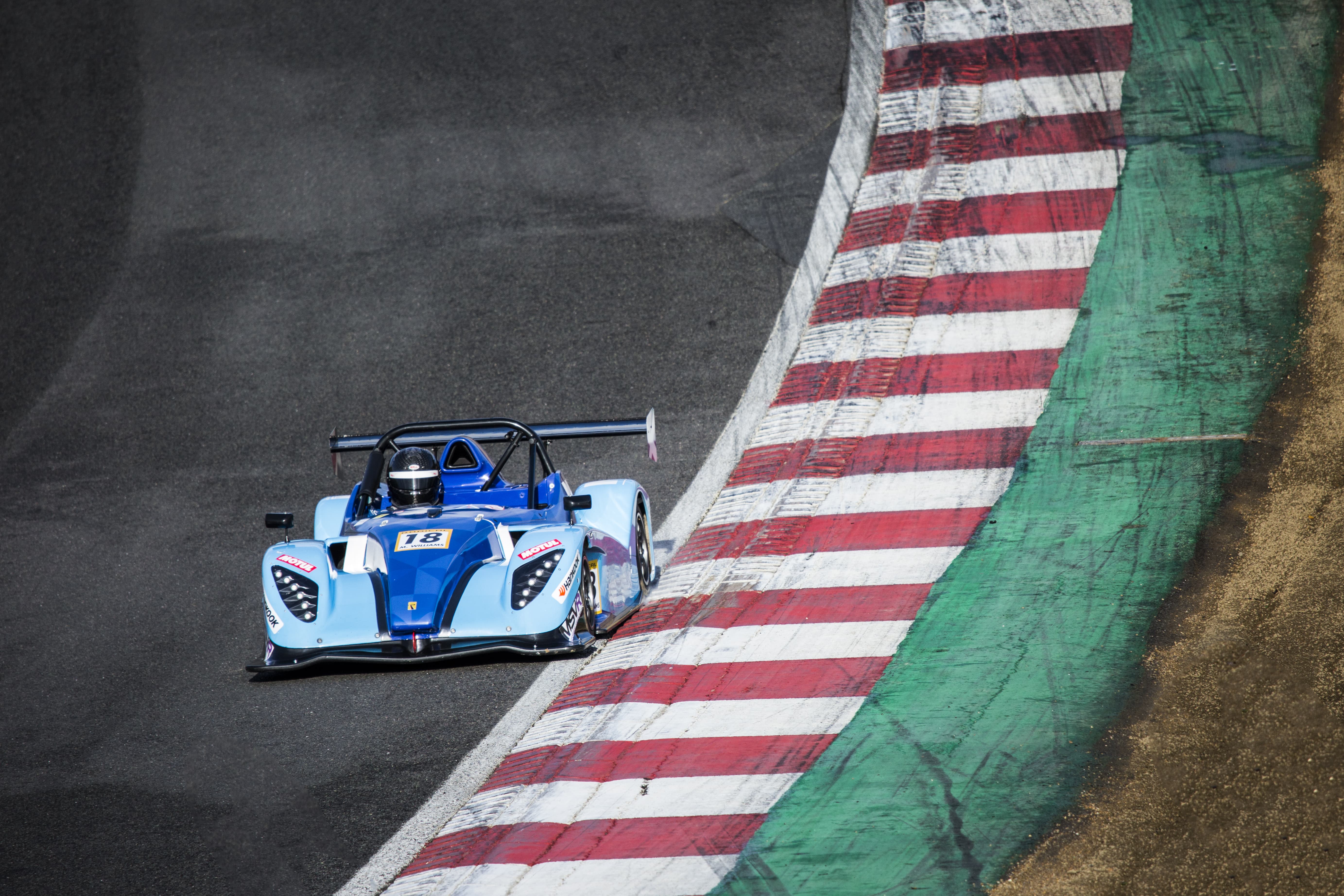
Sigma 60-600mm f/4.5-6.3 DG OS HSM Sport @ 600mm, Canon EOS 5D Mark III, 1/1600sec at f/6.3, ISO 400
To avoid the safety fencing being traced in my motorsport shots, the lens was mostly used at its maximum focal length at f/6.3, which presented fast shutter speeds of around 1/1600sec at ISO 400 in bright conditions. With the lens this time supported on a monopod, I loosened the knurled collar screw to quickly shift the camera into the portrait orientation. To my delight I found it notches with a satisfying click every 90 degrees, which saves the hassle of having to line up white lines on the barrel or worry that it’s out of alignment.
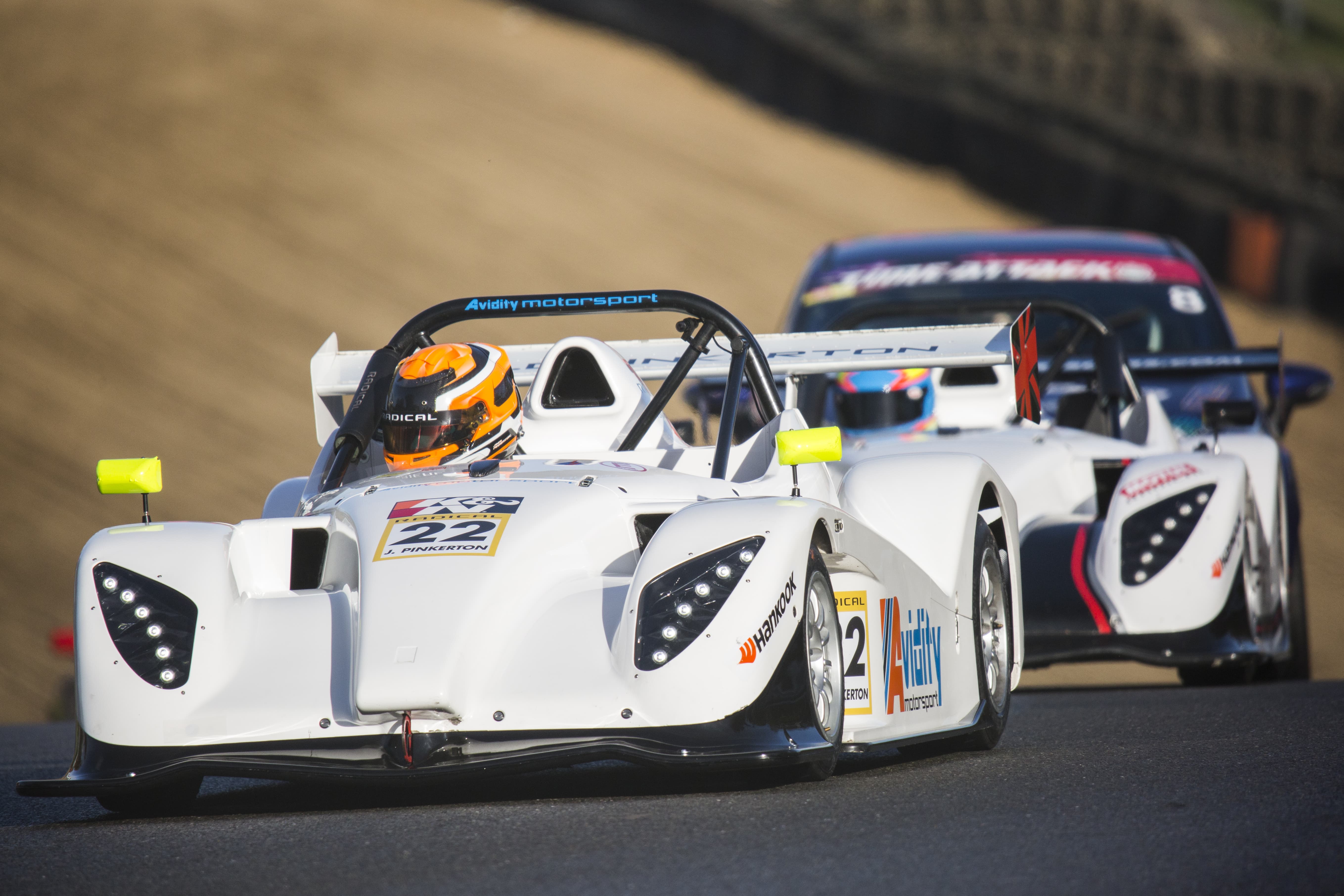
Sigma 60-600mm f/4.5-6.3 DG OS HSM Sport @ 600mm, Canon EOS 5D Mark III, 1/4000sec at f/6.3, ISO 800
To effectively compensate for the vertical movement of the camera whilst panning I set the OS to Mode 2, but this did mean I had to remember to switch it back to Mode 1 to compensate for vertical and horizontal movement for general shots.

Sigma 60-600mm f/4.5-6.3 DG OS HSM Sport @ 600mm, Canon EOS 5D Mark III, 1/200sec at f/6.3, ISO 800
While I patiently waited for some activity outside the bird hide at the nature reserve, I used my time wisely to experiment with the optical stabilisation some more. Engaging it and disabling it whilst looking through the viewfinder at 600mm shows just how remarkably effective it is. You can forget trying to capture shake-free shots at the long end of the zoom under 1/100sec without OS and any additional support, but with it activated, I recorded several pin-sharp handheld shots at 1/40sec at 600mm.

A close crop as applied in Lightroom of the image above showing the impressive centre sharpness at 600mm at f/6.3
Teleconverter compatibility
Should you require even greater reach than the Sigma 60-600mm f/4.5-6.3 DG OS HSM Sport provides, it can be turned into an even longer telephoto zoom by coupling one of Sigma’s teleconverters between camera body and lens. The addition of Sigma’s 1.4x teleconverter (TC-1401) or 2x teleconverter (TC-2001) produces an AF 84-840mm f/6.3-9 hyper-telephoto zoom lens or a MF 120-1200mm f/9-13 hyper-telephoto zoom lens respectively. One thing to note is that when the lens is attached to cameras that support autofocus at f/8, Sigma claims focus accuracy is not ensured on the telephoto side at the focal length scale more than 300mm. The Sigma TC-1401 teleconverter costs £225, and the Sigma TC-2001 is priced at £269.
Hire rates
Just as this review was published, several hire companies started to list the Sigma 60-600mm f/4.5-6.3 DG OS HSM Sport on their books. Hireacamera who were winners of our hire service roundup stock the lens in Canon and Nikon mounts and offer a daily/weekend rate of £52.80 including VAT. A three day hire is also available for £62.30 including VAT and weekly hire costs £88.70 including VAT.
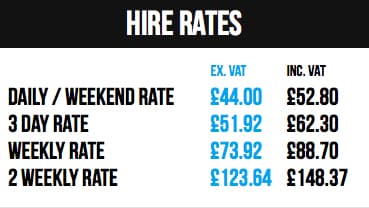
Hire rates for the lens available from hireacamera.com
Anyone that owns the Sigma’s 150-600mm f/5-6.3 DG OS HSM Sport who is potentially considering trading in their lens for the new Sigma 60-600mm f/4.5-6.3 DG OS HSM Sport should expect to be offered around £570 for their lens in good condition and around £660 if it’s deemed in excellent condition. Owners of the Sigma 150-600mm f/5.6-6.3 DG OS HSM Contemporary lens looking to upgrade to the weather-sealed Sigma 60-600mm f/4.5-6.3 DG OS HSM Sport can expect to be offered £465 for their lens in excellent condition.
Please note the above prices were based on online quotes that were received from hireacamera.com and mpb.com on the 23rd November 2018.
Image quality
It’s one thing for a telephoto zoom to be built to a high-end resilient standard, but ultimately a lens is only as good as its optical performance. Shooting the same scene at all the marked focal length settings right across the aperture range told me that while it does suffer from barrel distortion at 60mm, sharpness wide open at f/4.5 is excellent, both at the centre and the edge. Edge to edge sharpness at 60mm peaks around f/8, with the influence of diffraction yielding softer results at f/16 and f/22.

A good example of the vignetting one can expect at 600mm. Sigma 60-600mm f/4.5-6.3 DG OS HSM Sport @ 600mm, Sony A7 III with MC-11 adapter, 1/3200sec at f/6.3, ISO 640
Barrel distortion becomes less obvious when you start to zoom in and and the lens does an admirable job of controlling pincushion distortion at long focal lengths right up to 600mm. At full telephoto users can expect to see an improvement in sharpness (most noticeable towards the edge) by stopping down from f/6.3 to f/8 and f/11. As the images that support this review illustrate, a high level of sharpness is obtained wide-open in the centre at 600mm.

Here the vignetting was removed by applying the Sigma 150-600mm f/5-6.3 DG OS HSM S014 lens profile in Adobe Camera Raw – a temporary solution until Adobe releases a new profile for the lens. Sigma 60-600mm f/4.5-6.3 DG OS HSM Sport @ 600mm, Sony A7 III with MC-11 adapter, 1/3200sec at f/6.3, ISO 640
Corner shading is prominent right through the zoom range when it’s used at its maximum aperture. Stopping the lens down a few stops does help to remove it, but this came with the risk of bringing my shutter speed down too low or having to increase the sensitivity higher than I’d like. Until Adobe releases a new profile specifically for this lens, some may wish to apply the Sigma 150-600mm f/5-6.3 DG OS HSM S014 profile just as I did, which I discovered is a temporary, but effective solution to correcting the vignetting towards the longer end of the zoom at wide aperture settings.
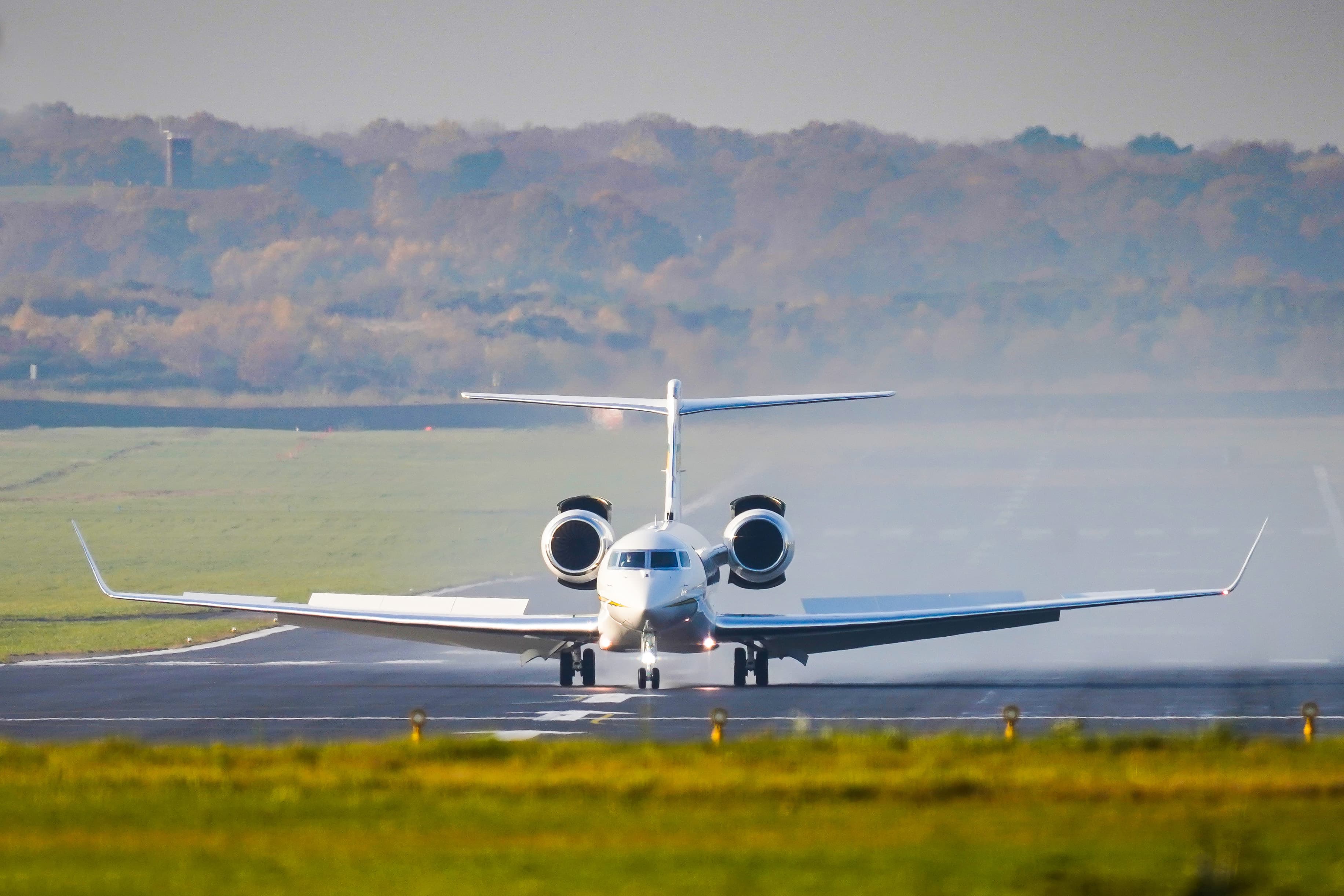
Sigma 60-600mm f/4.5-6.3 DG OS HSM Sport @ 600mm, Sony A7 III with MC-11 adapter, 1/2000sec at f/6.3, ISO 640
Some mild traces of purple fringes of colour were also observed along high contrast edges, but on the whole I found chromatic aberration to be well controlled by the lens.
Final thoughts
The introduction of the Sigma 60-600mm f/4.5-6.3 DG OS HSM Sport has seen the number of telephoto zooms in the company’s Sport/Contemporary ranges capable of reaching 600mm increase to three. Where this zoom has an advantage over Sigma’s 150-600mm f/5-6.3 DG OS HSM Contemporary and 150-600mm f/5-6.3 DG OS HSM Sport lenses is its ability to shoot wider and rule out missed opportunities that occur closer than 150mm. It hits the sweet spot between the old Sigma 50-500mm f/4.5-6.3 DG OS HSM not being long enough and the company’s 150-600mm zooms not being wide enough.

The zoom can be operated by a push/pull motion when you need to zoom in or out very quickly
There are lots of situations where having a shorter range might be useful; touchline sports, airshows, and wildlife/safari being just a few examples. Like all of Sigma’s Sport series lenses it does come at a premium, in return for which you get a robust, weather-sealed construction that’s crucial for photographers who spend a majority of their time shooting outdoors and don’t want to be let down by dust or moisture creeping past the mount connection, manual focus ring, zoom ring or cover connection.
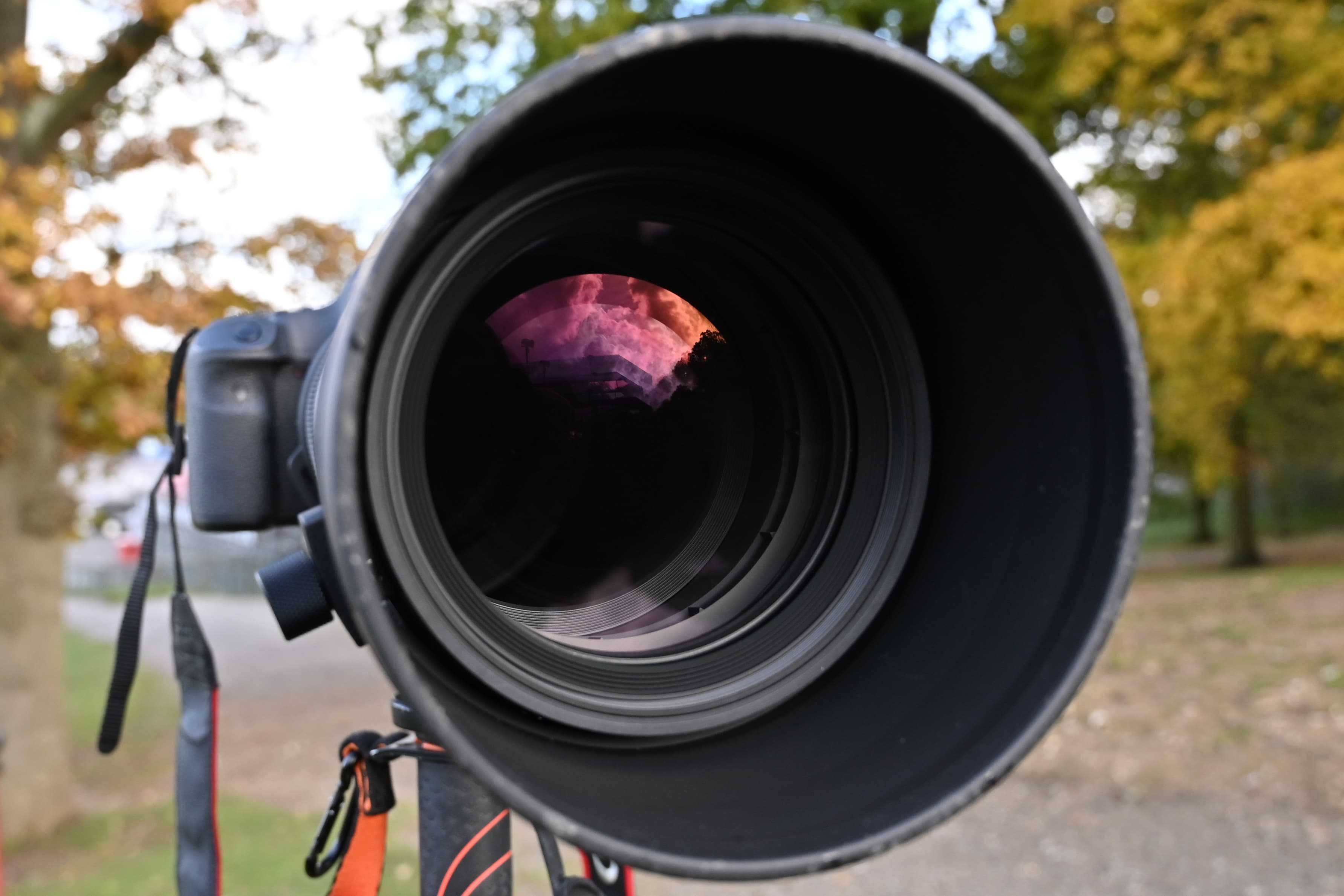
The suppliedLH1144-01 lens hood does a good job of shielding the large front element and the tip is rubberised to offer protection when the lens is rested nose down. The hood pushes onto the front of the lens and is tightened using a knurled screw
Ultimately, whether you choose this lens or not comes down to how important you view being able to shoot between 60-150mm on the same lens that can be used between 150-600mm. If you feel you’d reap the reward of being able to shoot wider without changing your lens, or travel lighter with one lens as opposed to two, this tele zoom is for you. If £1,899 exceeds your budget and you feel you won’t use it enough between 60-150mm to justify spending £570 more on it than Sigma’s 150-600mm f/5-6.3 DG OS HSM Sport (£1329), the latter is the more viable alternative from a cost perspective.

The tripod collar handle offers a solid platform to support the lens and has 3/8in and 1/4in threads on its underside. It’s also compatible with Arca Swiss type clamps
Should you still be undecided or fancy comparing it side-by-side with your current telephoto zoom, hiring the lens for a day or two at a fraction of the cost of buying it outright might help sway your decision. Personally, if I had to choose one lens from Sigma’s range that shoots up to 600mm and my decision wasn’t influenced by price, the Sigma 60-600mm f/4.5-6.3 DG OS HSM Sport would be my first choice.








